AN INSIDERS GUIDE TO
PUBLISHING

Historical Perspectives on the Publishing Business

Insights from Agents & Editors

Tips for Breaking In

New Publishing Alternatives
DAVID COMFORT

www.writersdigest.com
Cincinnati, Ohio
INTRODUCTION
For todays writer, attempting publication is an assault on Everest. Everybody with a romantic idea of high-altitude adventure is giving it a shot. Armed with ropes, ice axes, oxygen, and the next great novel, a million future Hemingways are lined up in five camps, from sea level through thin air to the Death Zone to literary immortality.
- Katmandu: Jumping off point for all emerging writers, each with a PowerBar, a short resume, and a sample of his or her project.
- Base Camp (16,000 feet): Recon and R&R point for bloggers who have scored a Sherpa agent and can compose a coherent query letter with a catchy log line.
- Assault Camp One (20,000): Sheltered glacier for novelists with a Manhattan AAR Sherpa, an MFA, and/or awards they didnt invent.
- Assault Camp Two (25,000): Pre-Death Zone bivouac for those with #3 qualifications, plus a blood relation to a Pulitzer recipient, Oprah, or a New Yorker security guard.
- Final Assault Camp (28,000): Ironman scribes who are not suffering from edema, angina, or altitude psychosis.
Now, from Camp #5, weather permitting, publication is a 1,029-foot scramble past the frozen bodies of ones predecessors who cashed in on the way up or down this homestretch.
If the writer reaches the summit, he has a Warhol-15 minute window to behold the view, to plant his book cover banner with the others that the gales have not torn down, and to pause for an iPhone photo op just in case he is remaindered on the way back down, suddenly or in reacclimation.
What are the odds of conquering the literary EverestMount Parnassus, home of the Muses, now with offices in the Random House and Time Warner Towers?

R.R. Bowker reported 316,480 new traditional book titles published in 2010. Fifteen percent (47,472) were novels. Statistically, about nine of ten novels do not sell out their first printing and are remaindered.
The 4,700 successful titles almost equal the number of times Mount Everest has been summited (5,104 since the 1953 Sir Hillary ascent). Each year nearly ten times more competitors (45,103 in 2010) finish the annual marathon in New York, the capital of publishing.
Today, just as more hardy souls are attempting dizzying peaks and grueling marathons, far more still are attempting novel publication, the most demanding of all ascents.
Ninety-nine percent are crapping out.
No thorough census has ever been taken on fiction manuscript submission numbers. Only educated estimates are possible. Eighty years ago, during the Hemingway-Fitzgerald-Faulkner golden age of American fiction, perhaps a thousand novelists were seriously competing for publication. The numbers today rival the national deficit.
The New York Times reported that, according to a recent survey, 81 percent of Americans say they have a book theyd like to write someday. Thankfully, few get around to it. According to a National Endowment for the Arts survey, two million Americans published creative writing in 2002.
There are enough people writing novels, God knows, grimly observed The World According to Garp author, John Irving, whose hero, Garp, was also a novelist.
Call me a pessimist, call me Ishmael, but I think that book publishing is about to slide into the sea, writes Garrison Keillor. Eighteen million authors in America, each with an average of fourteen readers, eight of whom are blood relatives.
New York Times executive editor, Bill Keller, complains that he is losing his staff because like cliff-bound lemmings everyone who works for me is either writing [a book] or wants to, in spite of his strenuous effort to persuade them that the process is agony.
Literary agencies receive hundreds of submissions a week. Their stated rejection rate is 95 to 99 percent.
In 1972 there were seventy-three creative writing programs in the United States; by 2009, there were 822. Twenty thousand apply annually; 95 percent are rejected.
The profession of book writing makes horse racing seem like a solid, stable business, said John Steinbeck, even before the industry was taken over by the conglomerate oddsmakers.
Responding to the literary population explosion and the long odds of its dark horses, countless self-helpers have been released by industry bookies. In 2013, Amazon listed over two thousand titles in the fiction writing reference category (up from 668 in 2009). They included Essential guides on how to put your passion on paper, the one hundred ways to improve your writing, the thirty-eight most common fiction mistakes, the twenty-eight-day bestseller, the damn good novel, writing the bones, bird by bird, on both sides of the brain. Marketing manuals also proliferate: how to land a dream agent, how to write the perfect query and bulletproof proposal, and how to escape the slush pile. Making the writers self-help genre even more irresistible are American Idol titles such as Damn! Why Didnt I Write That?: How Ordinary People are Raking in $100,000.00.
While some guides admit the difficulty of the profession, many are so gingerbreaded with optimism and pep talk that the SASE scribe goes postal when she still cant get published.
So the question for the 99 percenter pondering an Occupy Publishing protest boils down to this:
Do I want the truth?
Or do I want more smoke blown up my ass?

The truth is, alls fair in love, war, and publishing. The novel business isfrom conception to execution through publication and marketingruled by Murphys Law of the Muse. So, todays Dickens is well advised, for the sake of his own sanity, to lower great expectations about winning the Publishers Clearing House and becoming the next King, Rowling, or Larsson.
But even these talents had to overcome formidable obstacles, as did their predecessors from Dante to Dickens to Danielle Steele. The stories of climbs to the top by these masters and many others will be told here. In search of the practical truth about how to storm the literary Bastille, we will not depend on the commentary of sideline quarterbacks but on the words of historic authors and their editors who lived and died for literature.
Writersjournalists, screenwriters, speech writers, scholars, ad copy writers, owners manual writers, catalog writers, greeting card writers have always been, on average, the lowest paid professionals in the workforce. Novelists and poets are at the bottom of this food chain.
Said Mario Puzo: For hundreds of years, writers have been giving it away like country girls in the big city, and it is not astonishing that their lovers (that is, the publishers) balk at giving a mink coat when a pair of nylons will do the job. He got nylons for his first three novels, then a $5,000 advance from the Putnam godfathers for




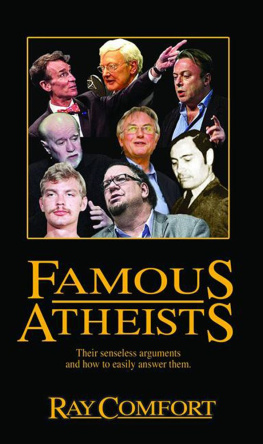

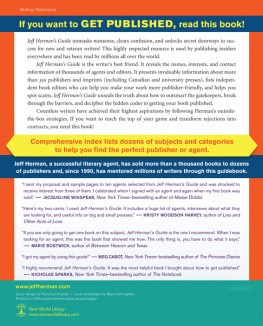
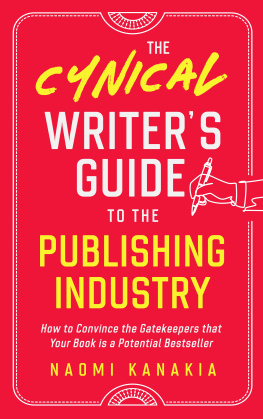
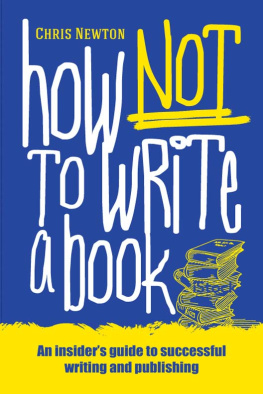

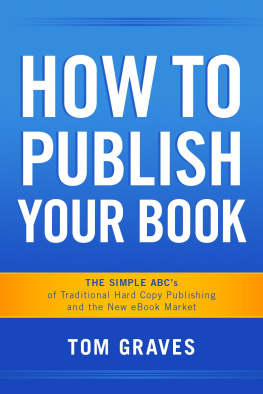

 Historical Perspectives on the Publishing Business
Historical Perspectives on the Publishing Business Insights from Agents & Editors
Insights from Agents & Editors Tips for Breaking In
Tips for Breaking In New Publishing Alternatives
New Publishing Alternatives
